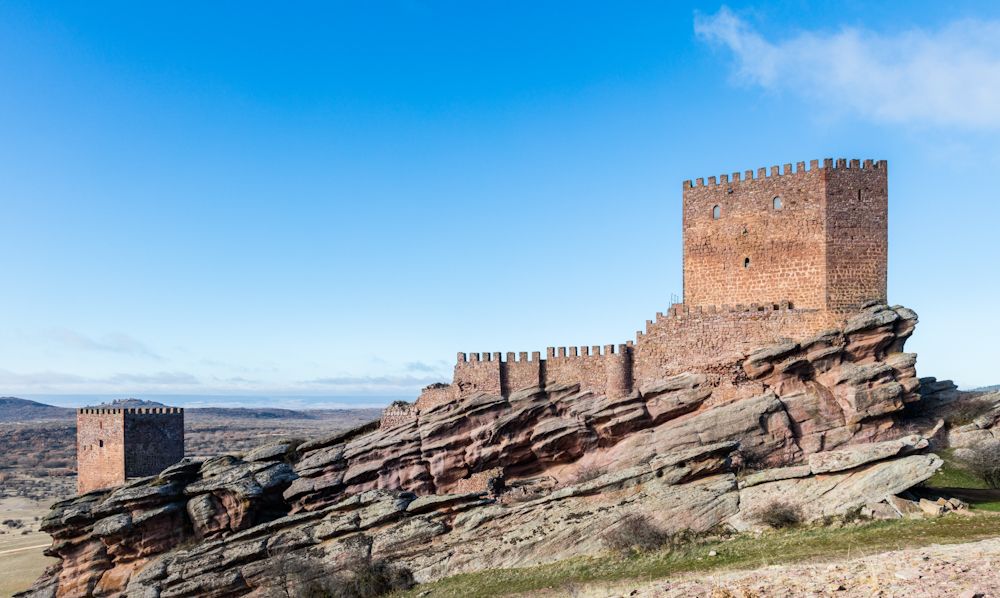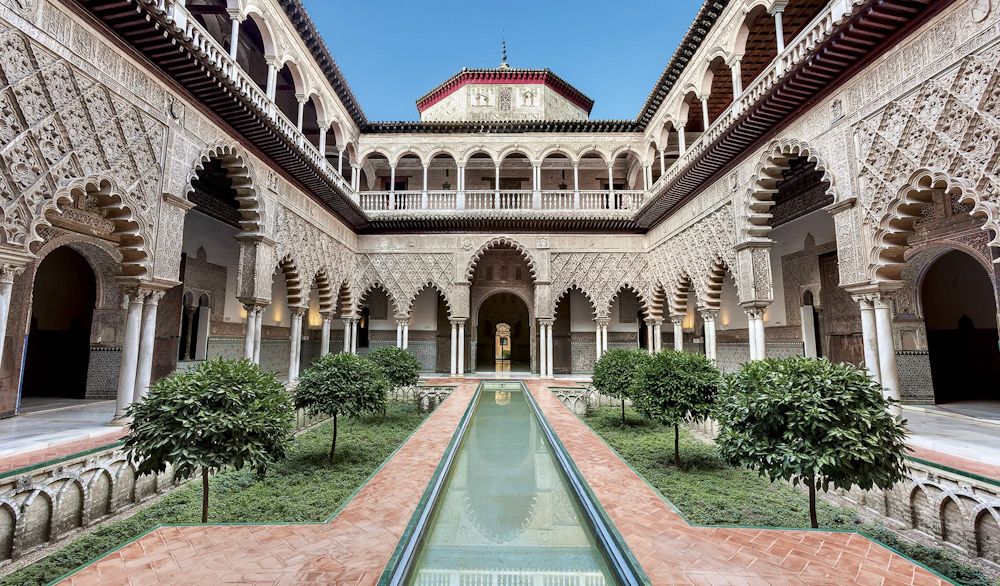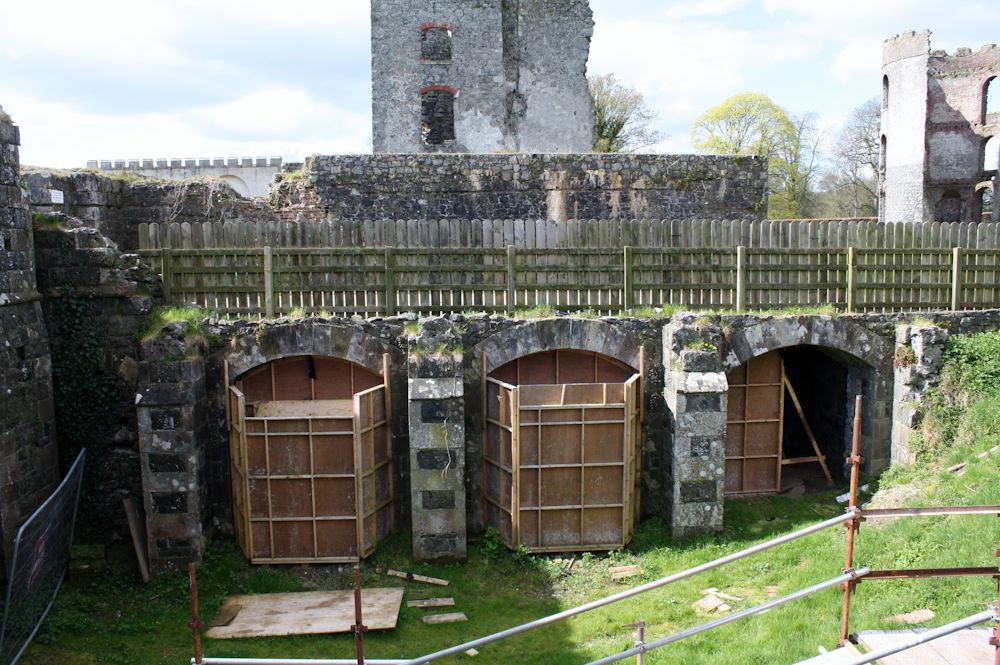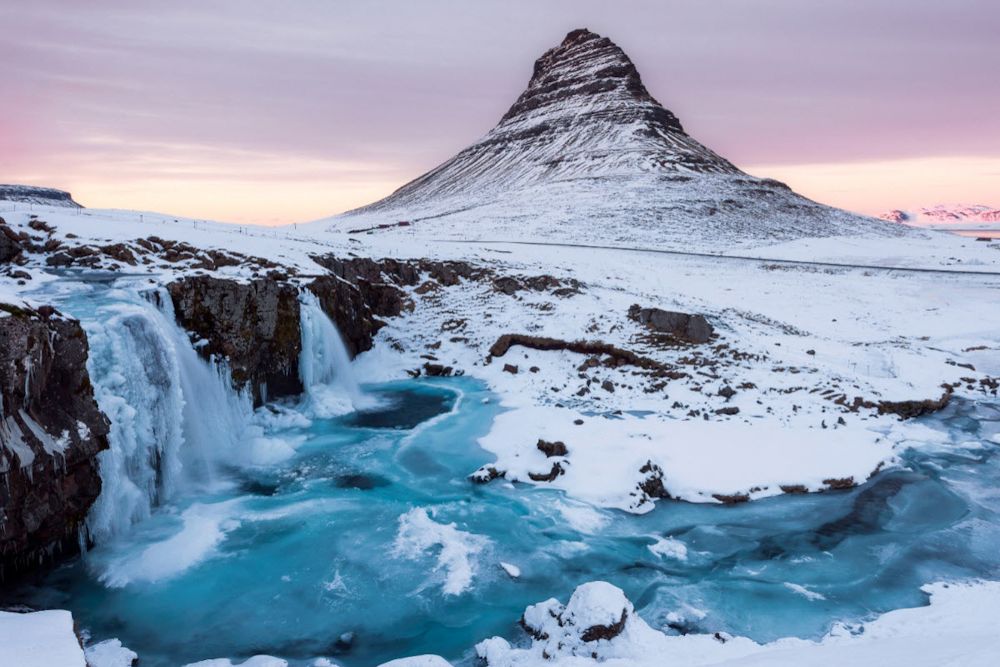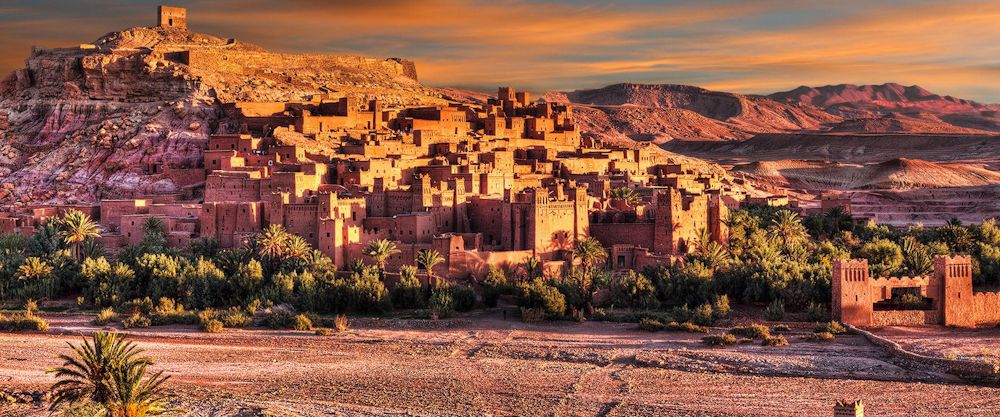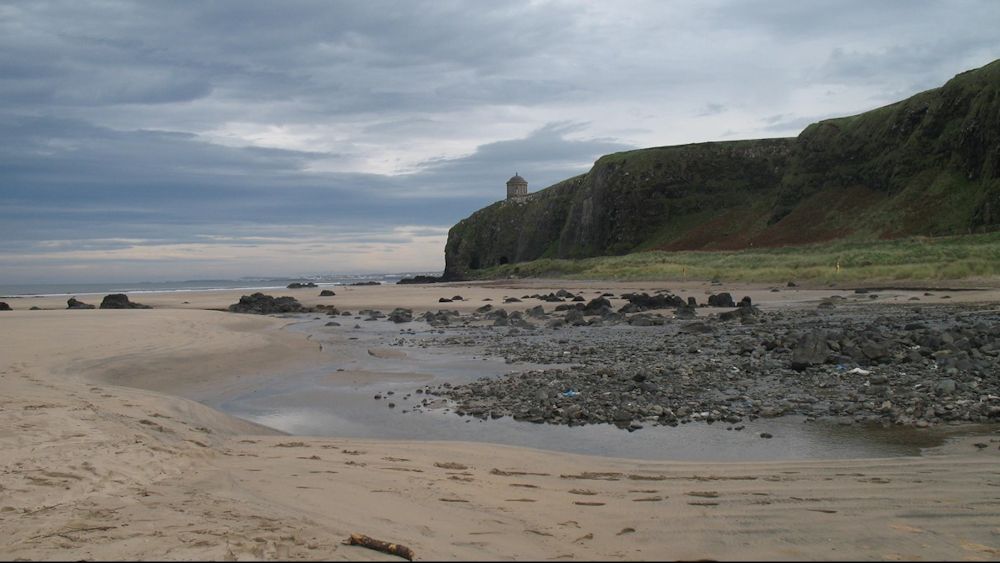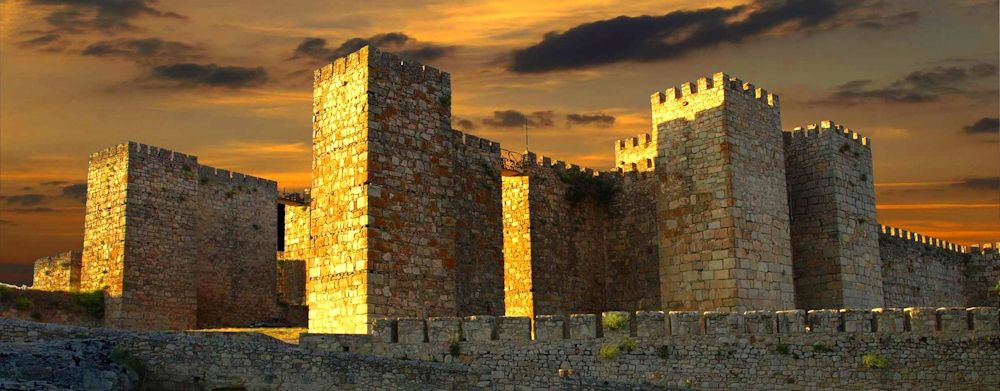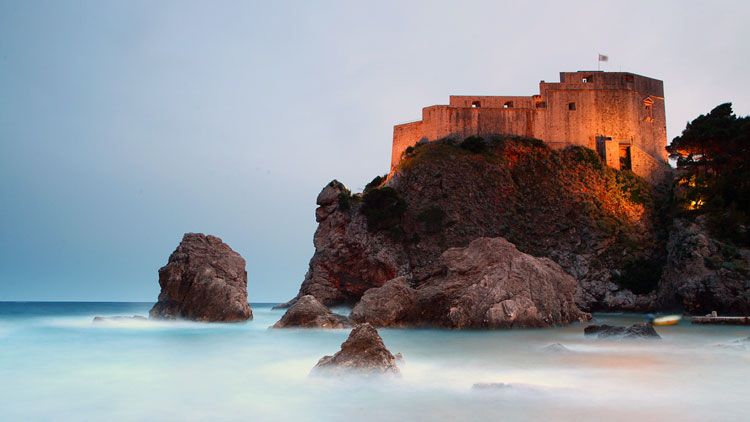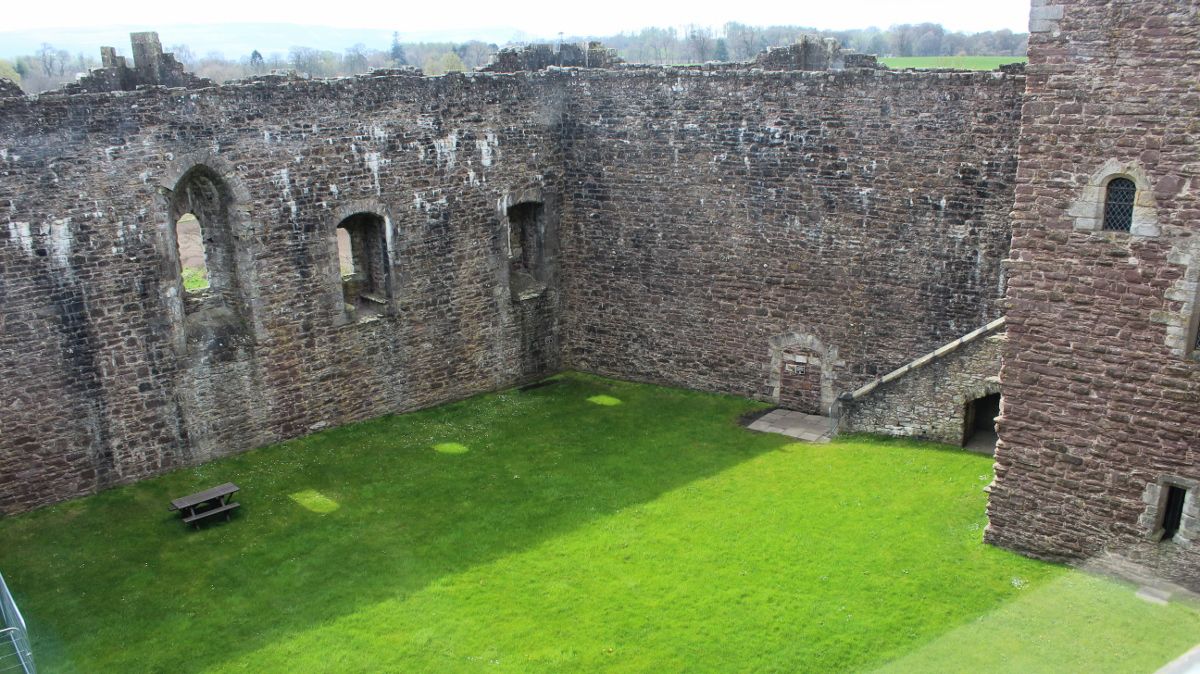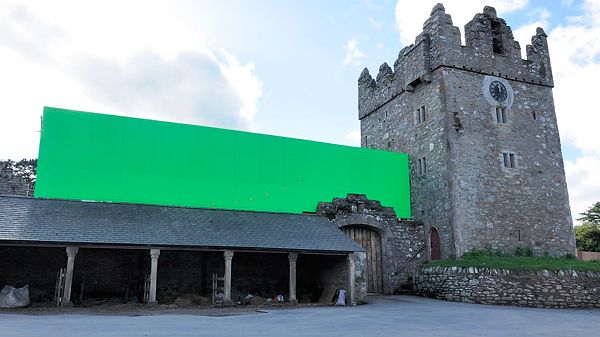Summary
-
Game of Thrones
used real-life locations across the globe to create the iconic settings of Westeros. - Locations like Castle of Zafra in Spain and Shane’s Castle in Ireland added historical depth to the show.
- From iconic castles like Casterly Rock in Spain to scenic landscapes like Kirkjufell Mountain in Iceland,
GoT
filming locations were diverse.
Throughout its run, Game of Thrones has featured a production value that rivaled most major Hollywood films — and many of the real-life locations that became classic landmarks in the Seven Kingdoms have histories just as interesting as their fictional counterparts. In addition to detailed costumes and stunning CGI, the show is perhaps best known for its location shooting. Rather than shoot everything in a studio, GoT uses real-life locations across the Western Hemisphere to represent Westeros.
From the hills of Northern Ireland, to the glaciers of Iceland, Game of Thrones‘ production crew spared no expense in making the most detailed show possible. The show was filmed at various locations across the globe, with countries as varied as Spain, Iceland, Morocco, and the United Kingdom all tapped into in order to create the feeling of a living, breathing Westeros. While there were dozens of outdoor locations used for the show, there are 10 real-life castles and landmarks used in Game of Thrones that stand out either for their history or how they were utilized.
Related
Game of Thrones Map Explained: Complete Guide To Every Location In Westeros & Beyond
The Game of Thrones/House of the Dragon map is as detailed as the real world. Here’s the full (known) world and a breakdown of all the key locations.
The Castle Of Zafra, Spain
The Tower Of Joy
Appearing in Game of Thrones season 6, The Castle of Zafra was a stand-in for the Tower of Joy, the birthplace of Jon Snow. It appeared in a flashback experienced by Bran Stark, where he saw his father, Ned, fight Targaryen forces during Robert’s Rebellion. It was here where Bran learned the truth about his ‘brother’, and Jon’s potential claim to the throne.
The real Castle of Joy was built in the 12th century, in the region of Guadalajara — though, at the time, the location was regularly fought over by smaller kingdoms that predate the modern nation of Spain. Like many Spanish fortress castles, The Castle of Zafra — or, as it’s named in Spanish, Castillo de Zafra — was designed to fight off the Muslim Moores.
The castle allegedly never fell to the invaders, and today it remains an important piece of Spanish military history. The real Tower of Joy from Game of Thrones was in active use until the late 1470s, after which the unification of the kingdoms of Castile and Aragon made The Castle of Zafra significantly less strategically important for military use.
The Royal Alcazar, Spain
A Dornish Palace
The Royal Alcazar, or the Real Alcázar de Sevilla as it’s named in Spanish, is the closest thing Game of Thrones fans can find to a real-life Dorne. Another location from Spain — this time in the city of Seville — The Royal Alcazar was used in the series as one of the palaces in the nation of Dorne. While Dorne has remained controversial among fans, no one can deny that it is one of the most beautiful locations in the show.
Much of this is owed to The Royal Alcazar’s ornate architecture, which was inspired by that of the Muslim Moores who once lived there. Built upon one of these formal settlements, the palace is one of the homes of Spain’s royal family. The fact that in Spain there were two prime locations for different regions of Westeros that were culturally very distinguished speaks volumes for the nation’s mixed history. It’s particularly fascinating that the location used for the many palaces of Dorne was built by the same historic Spanish demographic that The Castle of Zafra was built to defend against.
Shane’s Caste, Northern Ireland
Winterfell, Dragonstone, And Various Others
Westeros is a varied land, and the differences between the Seven Kingdoms meant that Game of Thrones had to film in a variety of locations. While Spain provided an incredibly appropriate likeness of Dorne, for the more northern regions of Westeros, Northern Island proved itself to be the best location — especially the historic Shane’s Castle. Many fans know that Northern Ireland was used extensively for scenes in Winterfell, Dragonstone, and just about any area between the Wall and King’s Landing.
What they may not know, however, is that Northern Ireland is home to a castle whose innards were the sight of one of the show’s darkest moments. Shane’s Castle’s crumbling stone may not resemble the gorgeous oceanfront of King’s Landing, but its dungeon was used by a radicalized High Sparrow to force confessions of guilt out of prisoners. Not even Cersei Lannister was safe, and it was here where the most powerful woman in Westeros met her match.
However, the real castle doesn’t have as gruesome or bloody a history as the places it came to be used for in Game of Thrones, (or at least, no more gruesome or bloody than any other medieval castle). The ruins of Shane’s Castle can be found near County Antrim, and was built in the mid-1300s, and stood proud until it a fire in the 19th century destroyed almost all the structure beyond the stone walls and foundations.
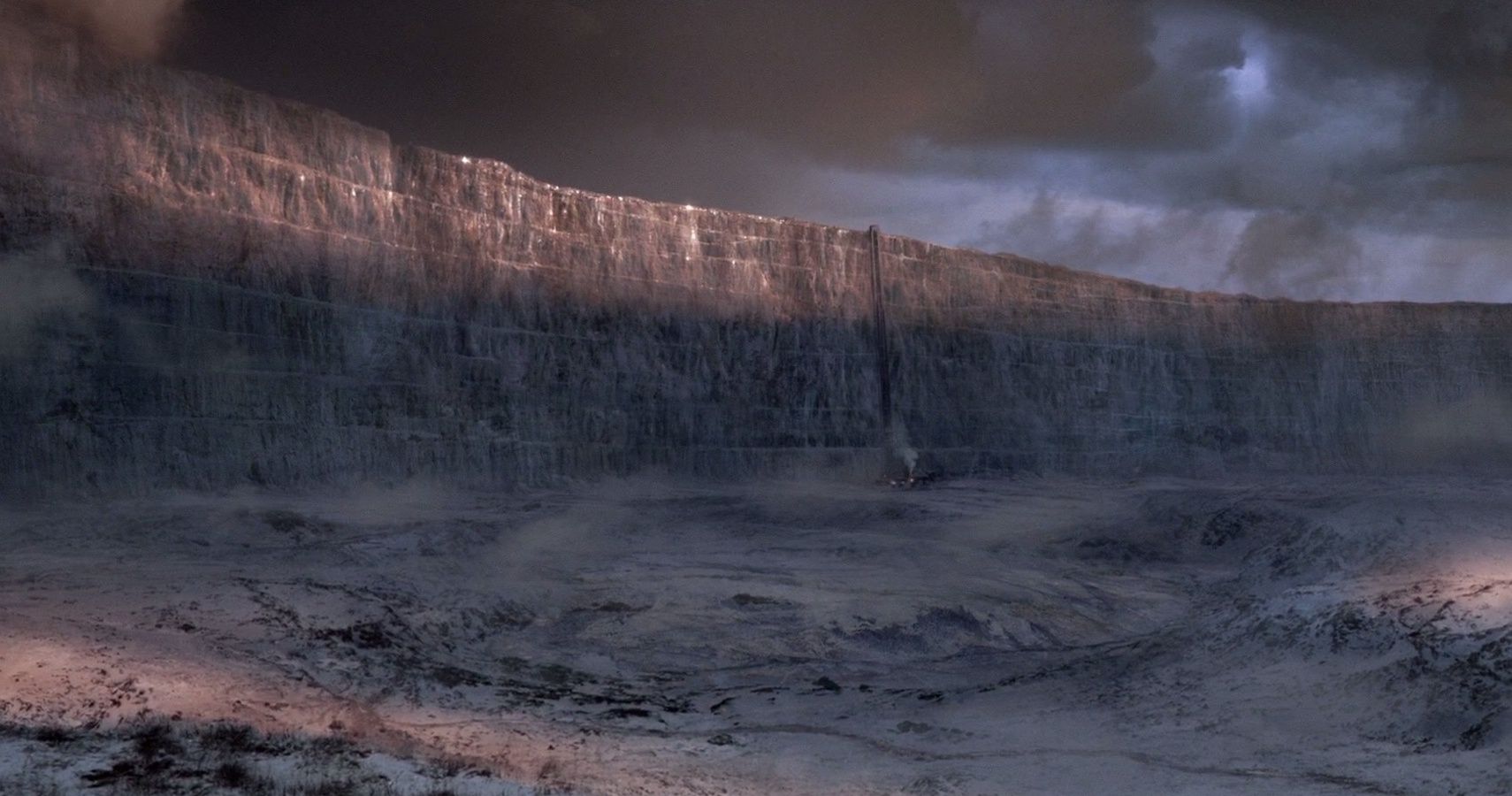
Related
Game Of Thrones: One Fact About Every Major Location In Westeros
Westeros is a huge place, and it’s composed of many interesting areas, locales, and cities. Here is a fact about each major Game of Thrones location.
Kirkjufell Mountain, Iceland
Arrowhead Mountain
Not all of the real-life Game of Thrones locations are historic castles or palaces. While the scenes north of the wall could bery well have been created in a studio with CGI, the show-runners instead chose to use real-life locations to ensure Jon Snow’s journey was just as visually breathtaking as his plot-arcs were tense and captivating. For this, the cast and crew of Game of Thrones flew out to Iceland to film around the iconic Kirkjufell Mountain.
Known in the series as Arrowhead Mountain, Kirkjufell is one of the most famous mounts in all of Iceland, and is a popular tourist destination. Located on an island on the tip of the country’s western coast, the mountain offers breathtaking views from the mainland and stands over 1500ft at its summit. With its swirling rock formation, the mountain almost resembles a soft-serve ice cream cone.
In Game of Thrones, however, the mountain is not a sweet sight. Located north of the wall, deep within White Walker territory, the mountain looms in the background of a number of visions Bran Stark has of the Night King and his minions. Somewhat ironically, given how dangerous the location is in Game of Thrones, in Icelandic the name literally translates to “Church Mountain”.
Ait Benhaddou, Morocco
Yunkai
The ancient walled city of Ait Benhaddou is one of Morocco’s most popular tourist destinations. Perhaps the oldest man-made landmark on this list, the city is a world heritage site that has survived for thousands of years. There’s already enough reasons to visit this hive of history and culture, but its use as a stand-in for one of Game Of Throne‘s most important cities is what really seals the deal.
Ait Benhaddou was used to represent Yunkai, one of the southern slave cities that Daenerys Targaryen captures and liberates during her crusade during Game of Thrones seasons 3-6. While Yunkai eventually falls back into enemy hands, the city is still an important step in her quest to the Iron Throne.
The real Yunkai from Game of Thrones is widely agreed to have been built in the 11th century, though it was settled much earlier than this due to its prime placement on an historic caravan route connecting the city of Marrakesh to a number of settlements on the opposite side of the Sahara desert. Ait Benhaddou is particularly unique among the Game of Thrones filming locations as it isn’t a castle but an entire ksar or, as they’re sometimes referred to, ighrem — a specific kind of settlement consisting of heavily fortified villages that are more-or-less unique to the Arabic world of Northern Africa.
Game of Thrones
isn’t the only prominent TV show or movie to be filmed in or around Ait Benhaddou, as it was also used for
Lawrence of Arabia, The Living Daylights, The Mummy, Gladiator,
and
Kingdom of Heaven.
Downhill Beach, Northern Ireland
Dragonstone
Much like Iceland with the towering Kirkjufell Mountain, Northern Ireland had plenty of natural landscapes that made for perfect Game of Thrones shooting locations, such as the serene and scenic Downhill Beach, also known as Downhill Strand or Berone Strand. A beautiful beach on Northern Ireland’s northern coast, Downhill offers a scenic coastline, lush waves, and majestic cliffs.
Downhill Beach was used in Game of Thrones to represent Dragonstone, which — much like the other prominent GoT shooting location in Northern Ireland, Shane’s Castle — has a far less bloody and violent history than the Westeros location it became in the show. Dragonstone is one of the most historic locations in Game of Thrones, with a history that stretches back to the earliest years of the reign of the Targaryens.
The home of House Targaryen, the area fell into the hands of Stannis Baratheon, who used it as a base of operations during the War of Five Kings. It was the shorefront at Downhill where the Lord of Light’s sacrifices were performed, and where Daenerys knelt upon her return.
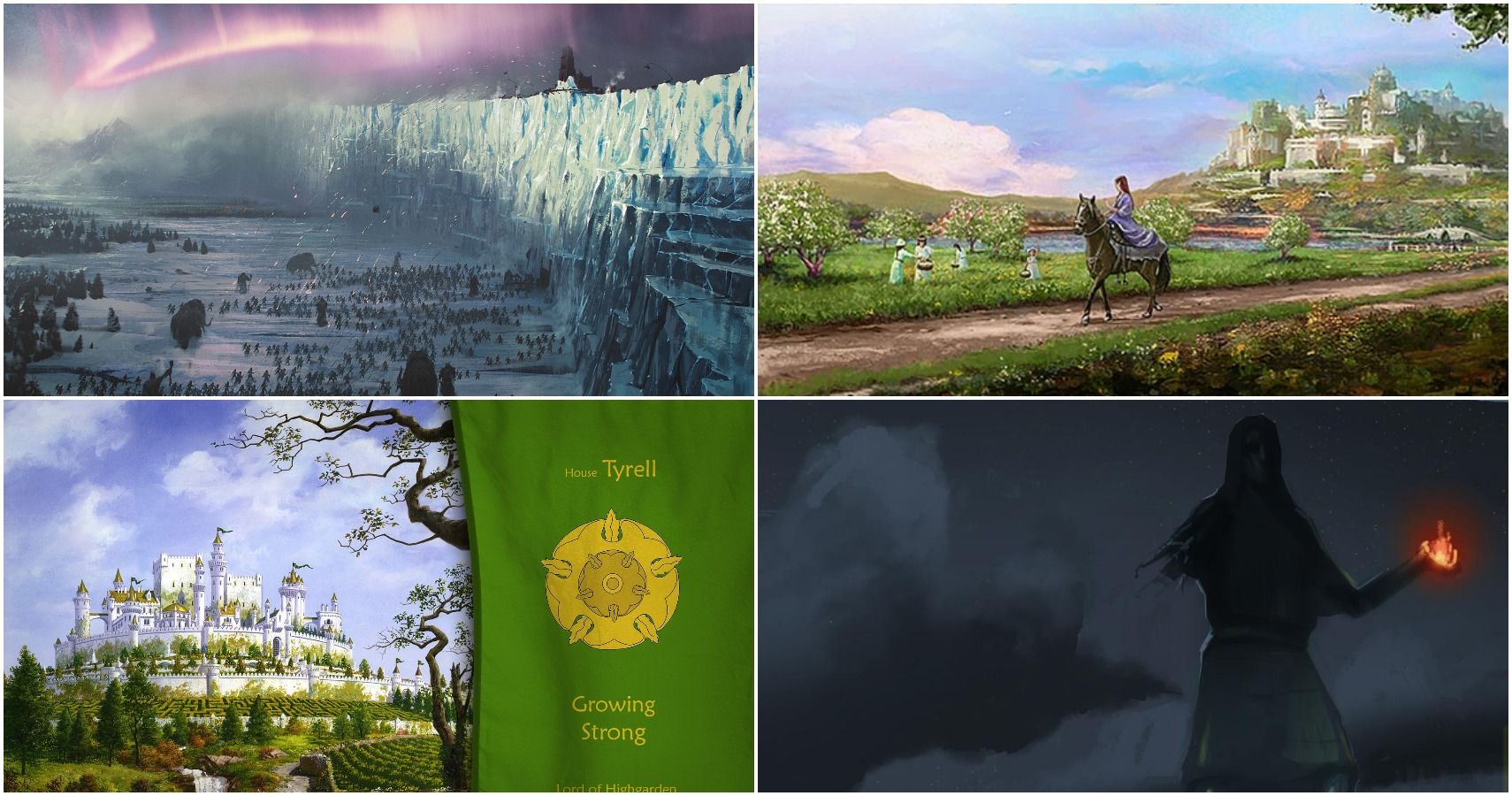
Related
Game of Thrones: How Each Location Is Supposed To Look
The locations in Game of Thrones have become iconic, but how do they compare to their descriptions in A Song of Ice and Fire?
Castle de Trujilo, Spain
Casterly Rock
Outside perhaps Kings Landing and Winterfell, one of the most well-known and regularly referenced locations in Westeros is Casterly Rock, the home of the Lannisters. It’s an impressive and foreboding fortress that more-than-suits the family that call it home, and the creative team behind Game of Thrones managed to capture the setting as described in George R. R. Martin’s novels perfectly thanks to Spain’s Castle de Trujilo.
Another defense against the Moores, Trujilo Castle — or, as it’s also known in Spanish, the Alcazaba de Trujillo — retains its old world charm, and centuries later remains a prime example of Medieval architecture. In Game Of Thrones, the castle played the part of Casterly Rock, the home of House Lannister, but was also used for various scenes in Highgarden — a somewhat ironic fact, given that the Tyrell’s proved themselves to be one of the Lannister’s most formidable foes.
Featured extensively in the 7th season, the real castle that became Casterly Rock was also used in establishing shots during the battle to take Highgarden from the Tyrells. It was here where Jaime learned the truth of who was responsible for Joffrey’s death, and where Olenna Tyrell uttered the line: “Tell Cersei, I want her to know it was me.”
Lovrijenac Fortress, Croatia
The Red Keep
Starting with season 2, all of King’s Landing was shot in the Mediterranean coastal city of Dubrovnik, which is situated in Croatia. Filled with medieval buildings, the town is a popular tourist attraction. It’s one of the oldest sites that was used as a filming location in Game of Thrones, as the city has been a densely populated settlement since the 7th century, when it was a protectorate of the Byzantine Empire.
Of all the Game of Thrones filming locations, the Lovrijenac Fortress in Croatia is perhaps the one with a history that’s (almost) as turbulent and steeped in regional politics as the place in Westeros it was used for. Built sometime between 1018 and 1038, Lovrijenac Fortress was a crucial location throughout most of Dubrovnic’s history. It was notably one of the locations that the citizens of Dubrovnik mounted an ultimately-futile resistance to the invading forces of the Republic of Venice during the start of their rule over the city between 1205 and 1358.
It was also the scene of one of Game of Thrones‘ biggest battles. Set on an island just off of Dubrovnik’s coast, Lovrijenace Fortress is the real Red Keep from Game of Thrones, and was a principle filming location during much of the series. It was here where Lannister forces gathered in anticipation of Stanis Baratheon’s invasion. Of course, the would-be king suffered a crippling defeat, when his navy was decimated by wildfire.
Doune Castle, Scotland
The Courtyard Of Winterfell
Northern Ireland is far from the only territory in the United Kingdom with impressive historical fortifications, and the ruins of Doune Castle in Scotland were a key Game of Thrones filming location from the earliest seasons. The Game of Thrones creative team were incredibly smart with how they utilized real-world locations to create an authentic feel for Westeros. This was often achieved by either using the same real-world location to represent multiple places in the Seven Kingdoms, or — as is the case with Doune Castle — using castles and fortifications that are miles apart in reality.
While most of Winterfell’s scenes were shot in Northern Ireland, the historic Scottish stronghold of Doune Castle was used for several major moments that took place in the home of the Starks, specifically in the courtyard. The exterior will probably look unfamiliar to most Game of Thrones fans for this reason, but once inside the walls, Doune Castle becomes instantly familiar.
A stand-in for Winterfell’s courtyard, the 13th century Scottish castle was the location for a number of pivotal scenes in the show. Notably, the courtyard of Doune Castle was the location for the scene when Robert Baratheon and his family entered in the very first Game of Thrones episode, and where Daenerys met the Stark family at the beginning of season 8.
As well as
Game of Thrones,
Doune Castle was also a key filming location for the 1974 comedy
Monty Python and the Holy Grail.
It was used in several scenes to represent various unnamed castles, and featured in such classic moments as the “Knights of the Round Table” routine, and the East Wall was the fortification from which John Cleese famously shouted ”
Your mother was a hamster, and your father smelt of elderberries
“.
Castle Ward, Northern Ireland
A Key Part Of Winterfell
While Castle Doune and Shane’s Castle were pivotal parts of the Winterfell fans of Game of Thrones know and love, one of the most important real-world locations used to create the home of the Starks is the Northern Irish estate of Castle Ward. Not just a castle, but a large complex of different historical buildings, Castle Ward is a town unto itself. While not from the medieval era, the castle retained many of the architectural aspects of that time to make it stand out among Northern Ireland’s stately homes.
While the main house is the most visible location, it’s the area in and around the tower house on the property every Game Of Thrones fan will recognize. The tower features prominently in nearly every scene in Winterfell, and is by far its most visible feature. There’s even a digital rendition of the tower in a number of establishing shots of the kingdom.



